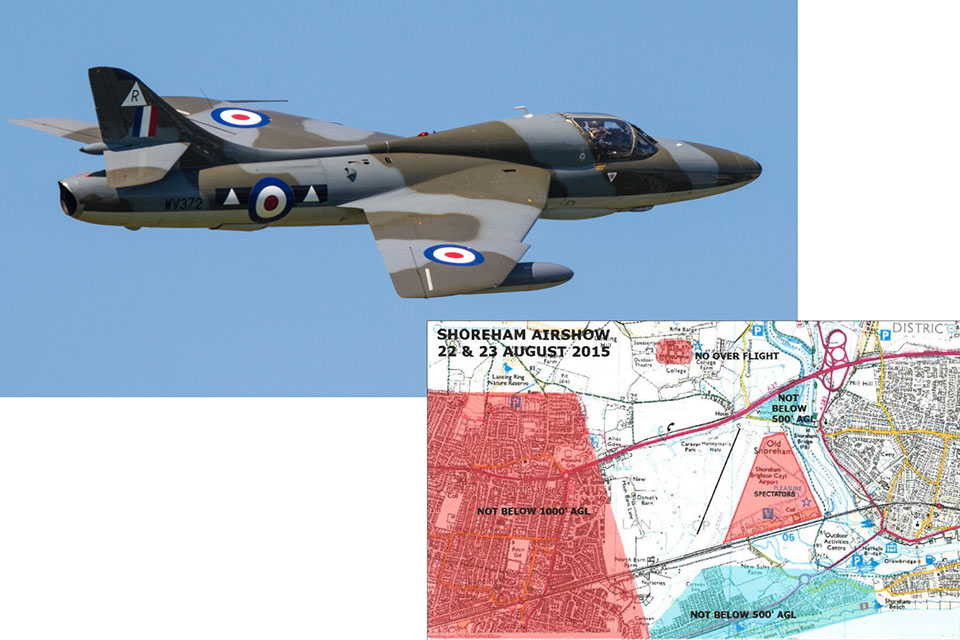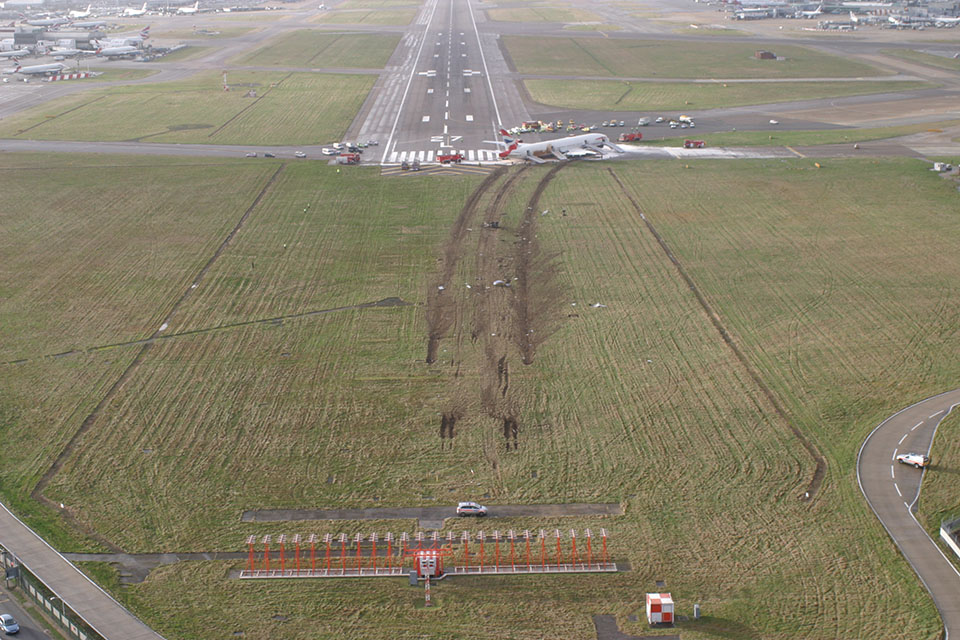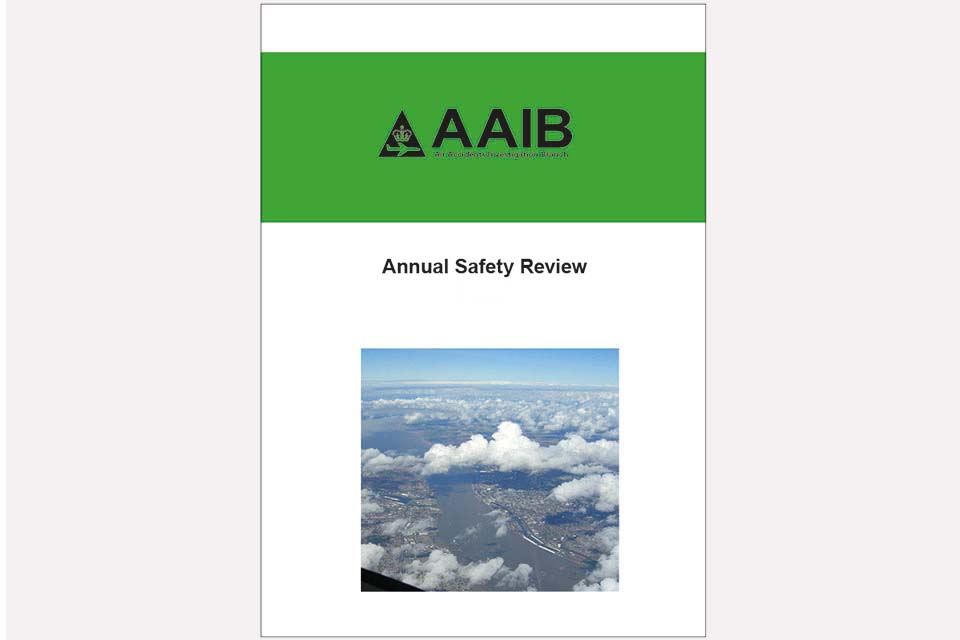What is a Safety Recommendation?
Published 18 June 2018
An important part of any investigation is the Safety Recommendations. Within the regulations and the international protocols, the definition of a Safety Recommendation is:
Safety recommendation. A proposal of an accident investigation authority based on information derived from an investigation, made with the intention of preventing accidents or incidents and which in no case has the purpose of creating presumption of blame or liability for an accident or incident.
In developing Safety Recommendations, there are many steps, but in the first instance they must be evidence-based. However, there should be no implication of ‘blame and liability’ toward those to whom Safety Recommendations are addressed.

AAIB made 31 Safety Recommendations following the accident at Kegworth in 1989 (left). These led to improvements in pilot training, crew communication crashworthiness and cabin safety. 31 Safety Recommendations were made following the accident at Manchester in 1985 (right). These led to far-reaching changes to aircraft cabin design including fire retardant materials and access to emergency exits.
Development of Safety Recommendations
When developing a Safety Recommendation, we consult those involved early in the investigation about the potential safety issues that have been identified and that need to be addressed. The preference is that those able to act and address the safety issue take this on board and carry out Safety Action proactively, thereby removing the need for a Safety Recommendation. This achieves the same goal of action being taken to prevent recurrence.
Should the safety issue remain, then a Safety Recommendation will be drafted. For consistency, at an early stage the Investigator-In-Charge will convene the Safety Recommendation committee to discuss the rationale for each recommendation, whether the evidence supports the identified safety issue and whether the addressee is best placed to act on the safety issue. The committee then discusses the text of each Safety Recommendation before it goes to the addressee for consultation.
A Safety Recommendation may be issued at any time and will appear in a Special Bulletin, a Bulletin report or a Formal Report.

Following the Shoreham Airshow accident in 2015, the AAIB made 32 Safety Recommendations to improve the safety of air displays.
Action by addressees
A Safety Recommendation is just that, a recommendation, and there is no obligation on the addressee to act on it. However, there is a legal requirement that addressees respond within 90 days of receipt of Safety Recommendations, giving their proposed actions and when they will be carried out, or if no action is to take place the reasons why.
Response analysis
When a response is received from an addressee, the AAIB has 60 days to assess the adequacy of the response. There are three types of assessment:
• A ‘Not adequate’ assessment means that the AAIB considers the response does not address the intent of the Safety Recommendation, nor does it address the safety issue concerned.
• A ‘Partially adequate’ assessment means the AAIB considers the response goes some way to meeting the intent of the Safety Recommendation and the action will address the safety issue to a certain extent, but further action would be required to fully address the issue identified.
• An ‘Adequate’ assessment means the AAIB considers the response fully meets the intent of the Safety Recommendation and the action is expected to address the safety issue.
Importantly, it is only the response that is being assessed and an Adequate response does not mean that all the actions have been completed and the safety issue has been addressed. When the response is assessed as Not Adequate or Partially Adequate, we write to the addressee with the reasons for the assessment and may request that the response and proposed actions be reviewed.

AAIB Safety Recommendations following a number of North Sea helicopter accidents have led to changes in survival equipment, flotation systems, warning systems, helicopter health and usage monitoring systems, flight data recording and inspection regimes.
Ongoing monitoring of actions to Safety Recommendations
Since 2019, the AAIB is responsible for monitoring the action addressee responses to Safety Recommendations for the UK, its Overseas Territories and Crown Dependencies. It is important to note that this is to monitor the progress of actions taken in response to a Safety Recommendation, it is not to undertake the role of the regulator nor to provide opinion on the efficacy of the action.
This monitoring of actions is not only for Safety Recommendations issued by the AAIB but also those that have been issued to addresses in the UK from other Accident Investigation Authorities.
Additionally, there is a responsibility for the addressee who receives a recommendation to monitor their actions being taken and to report updates regularly to the AAIB.
This information is reported to the Board of Accident Investigation Branches and the State Safety Board as part of the State Safety Plan.

AAIB made 18 Safety Recommendations following the accident involving a Boeing 777 at Heathrow in 2008. They included improvements to certification of fuel systems and fuel system design, flight data and passenger cabin fittings.
Closing Safety Recommendations
We keep open Safety Recommendations where we expect to receive further responses from the addressee. When no further response is expected, the recommendation is generally closed.
For recommendations issued prior to 2019, a closed status does not necessarily mean the actions for a Safety Recommendation are complete, nor that the Safety Issue has been addressed. In some cases, it is clear from their response that the addressee does not intend to carry out the recommended actions.
For recommendations issued after 2019, a closed status means that the actions planned for a Safety Recommendation are complete. If no actions are planned then the response is assessed as not adequate and the recommendation closed.
Publication of Safety Recommendations and responses
AAIB’s Safety Recommendations are published on our website under each individual investigation, this includes the responses, our assessment and for those issued after 2019, the action status. A summary is also produced in the AAIB Annual Safety Review and this includes any Safety Action that has been carried out during the investigations, which often means no Safety Recommendation was necessary.

The AAIB Annual Safety Review

